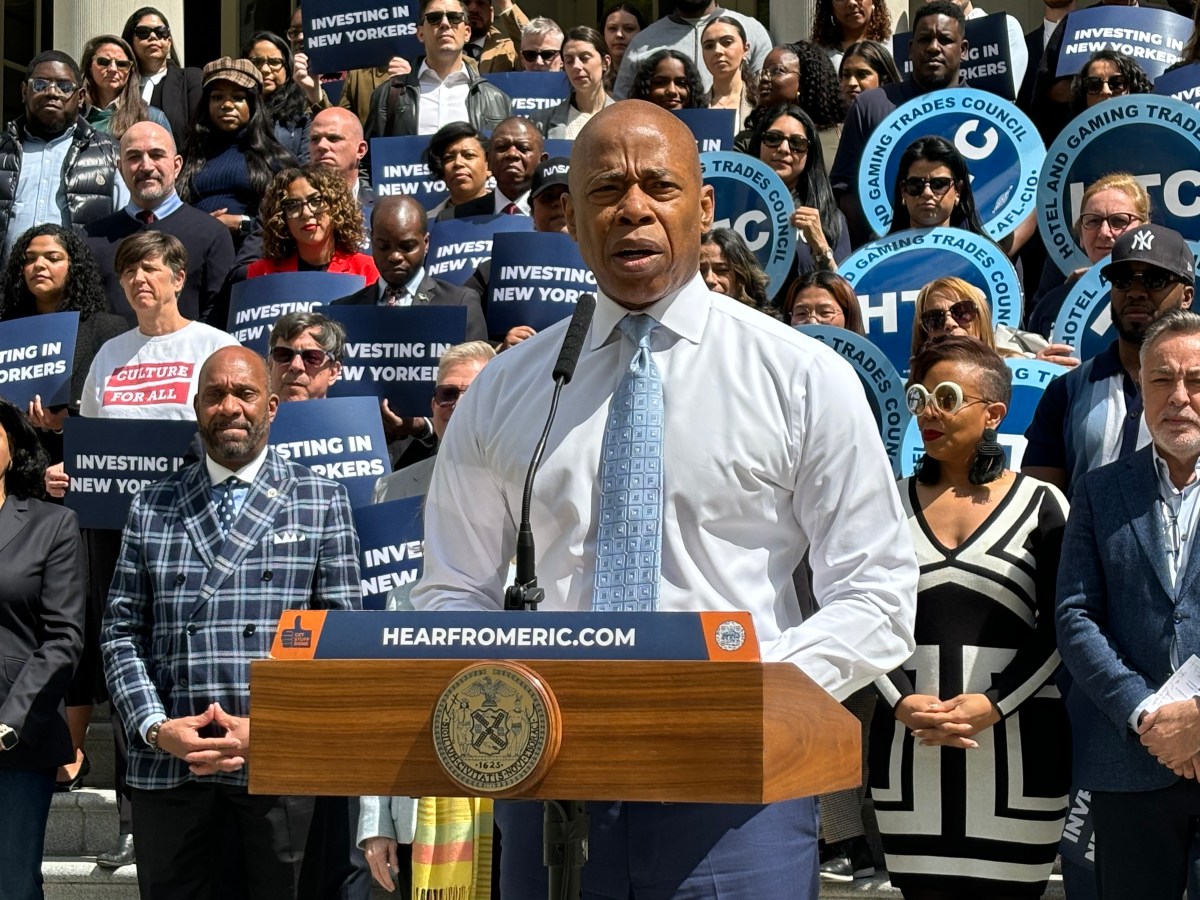Students at Massachusetts colleges and universities are defaulting on their student loans at the lowest rate of any state in the U.S., according to a study by theU.S. Department of Education.
Thestudy found that 6.1% of students at Massachusetts postsecondary schools who were scheduled to begin paying their loans in 2013 were in default by the third year of repayment. The overall U.S. default rate was 11.3%. (See the default rates for all 50 states.)
The study looked at more than 6,000 postsecondary schools in the nation and 169 in Massachusetts, including private, public and proprietary (for-profit) schools. Among the largest in the state by enrollment, default rates were: – Bunker Hill Community College, 13.4%. (Click here to search the federal database for default statistics by school, city or state.) Nationwide, public community colleges had an average default rate for 2013 of 18.5%, and proprietary schools were at 15%.For four-year public colleges, the average rate was 7.3%, and for four-year private colleges it was 6.5%. The default rates for community colleges, vocational schools and for-profit colleges tend to be higher because former students are less likely to have completed their studies or see a boost in earnings, and often can’t keep up with loan payments, according to a report in theBrookings Papers on Economic Activity. >> MORE: Student loan default: What it means and how to deal with it
The new report provides a detailed look at default rates, but it may not show a complete picture of the debt burden on students. While the reporttakes a snapshot of borrowers who are within the first three-year window of their repayment phase, it doesn’t capture thosewho delay repayment until after the three-year measurement window expires. Waltham advisor: Treat loans as a practical investment
People with college degrees earn more, on average, than those with only a high school diploma. In 2014, the median incomeof young adults with a bachelor’s degree was $49,900, compared with $30,000 for people who completed high school, according to the National Center for Education Statistics. However, excessive studentloan debt is a major burden for many Americans. It can significantly hamper borrowers’ finances by increasing their overall debt burden and cutting into money they could usefor mortgages, retirement and other long-term investments. Total student loan debt was $1.36 trillion as of June, according to the Federal Reserve Board, up from $961 billion in 2011. We asked Waltham, Massachusetts-based financial advisor Chris Chen about how families can integrate student loans into their financial lives. How can students and families make sure their loans are a good investment in their future?
Parents often let their kids choose whatever they want to study in college because they want them to be happy. However, if parents and kids were to treat college as an investment in their future, they might make different decisions. They might go tocolleges that cost less, major in more marketable fields and get better grades. If parents and children treat student loans like an investment, they’ll get more out of college and out of the loans, including better-paying jobs. And majors matter: In general, humanities fields don’t pay well; science, technology, engineering and math fields do. What options exist to improve the terms of student loan debt?
One option is refinancing loans. Every case is different, so verify that refinancing would actually reduce the monthly payment. Are income-driven repayment plans a good option? What should borrowers know about that?
Income-driven repayment plans are particularly attractive for people in lower-income jobs or in lower-income career directions. Many people can end up paying less monthly than they would with other payment plans, but they could pay more in the long run if the repayment termis extended. Before jumping in, consult with a fee-only financial planner. Chris Chen, CFP, is a wealth strategist at Insight Financial Strategists in Waltham, Massachusetts. State student loan default ratesThe 50 states ranked from highest student loan default rate to lowest. RankingState Percent defaulting on student loans1.New Mexico18.92.
West Virginia16.23.Kentucky15.54.Mississippi14.65.Indiana14.26.Florida14.17.Arkansas148.Arizona149.Wyoming1410.Oregon13.711.Ohio13.612.South Carolina13.213.Nevada12.714.Texas12.615.Oklahoma12.516.South Dakota12.317.Louisiana12.318.Alabama12.219.Georgia1220.Iowa11.921.Michigan11.822.North Carolina11.623.Alaska11.624.Colorado11.525.Missouri11.526.Tennessee11.427.Idaho1128.Kansas10.729.Washington10.430.California10.431.Hawaii10.432.Maine10.433.Delaware1034.Maryland9.935.Montana9.836.Wisconsin9.637.Illinois9.438.Pennsylvania9.239.Virginia9.140.Utah9.141.New Jersey942.Minnesota8.843.Connecticut8.544.Nebraska8.245.New York846.Rhode Island7.947.New Hampshire7.848.Vermont7.249.North Dakota6.550.Massachusetts6.1 The article Massachusetts Posts Lowest Student Loan Default Rate in US originally appeared on NerdWallet.
– University of Massachusetts, Amherst, 3%.
– Northeastern University, 1.9%.
– Boston University, 1.4%.
– Harvard University, 0.8%.
















